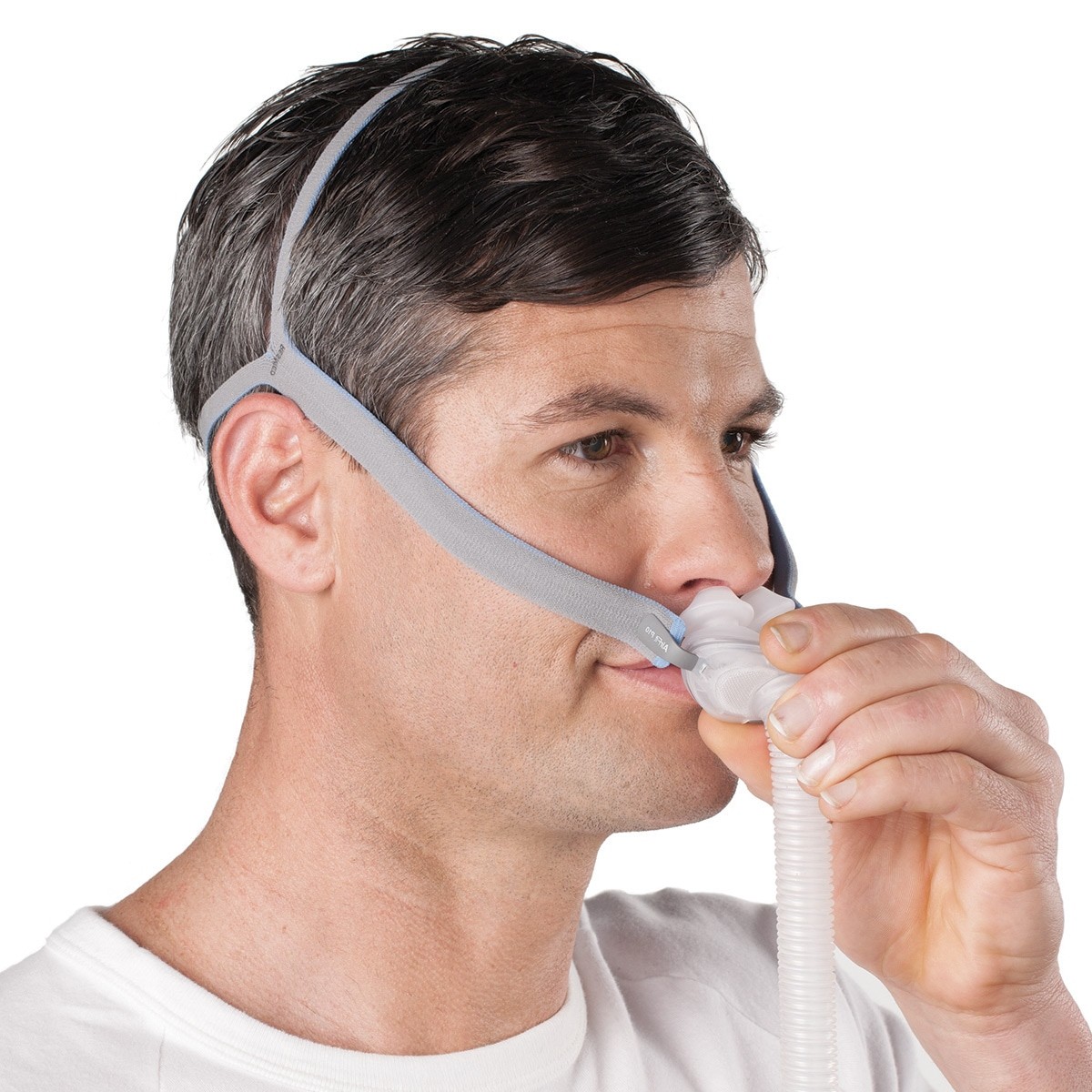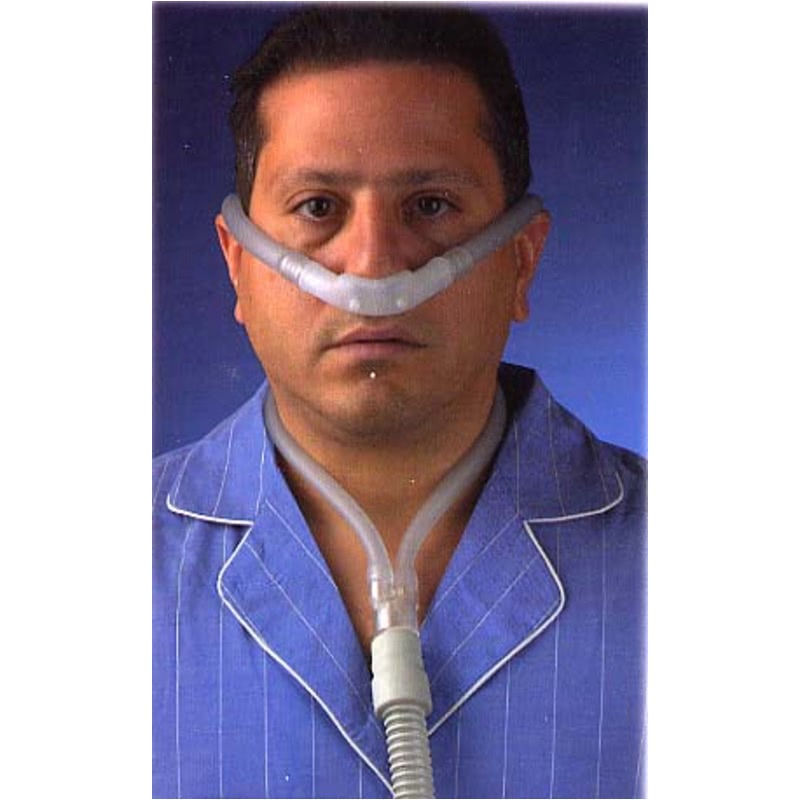O ne of the more common complaints from cpap users is that they are prone to sinus infections. typically, they deal with it using saline irrigation, decongestants, and sometimes even go to their doctor for antibiotics. as a result, people suspect contamination or infection from their equipment, especially the mask, tubing or even the machine itself. Nov 12, 2010 · as i mentioned in my article, most of the sinus “infections” and other symptoms from using cpap are not due to bacteria or fungi, but due to sinus migraines, where our nose and sinuses are over-reacting to air-flow and positive pressure that cpap provides. bill says: november 25, 2018 at 12:18 pm. 5 most common side effects of cpap treatment 1. air swallowing or aerophagia. air swallowing is one of the most common side effects associated with cpap treatment. 2. nasal congestion. for many sleep apnea patients, nasal or sinus congestion is one of the most common occurrences and 3. headache.
A lot of new cpap users report having an increase in sinus congestion after starting cpap therapy. when treating your obstructive sleep apnea, sinus congestion presents a roadblock to healthy breathing. cpap air is an irritant to one degree or another to everyone. My sinus problems cleared up and i felt a lot better. but, aware that i still have an apnea problem and was doing nothing to treat it, i Nasal infection Cpap went back on the cpap a couple nights ago as a test. i wore it for almost exactly an hour before having to get up to go to the bathroom. and when i got up, the sinus problems were all back -with a vengeance. Oct 31, 2018 · cpap therapy cpap. our chief medical officer, dr. said mostafavi, suggest that cpap users suffering from nasal congestion consider that allergies may not be the cause. in addition to seasonal allergies, changes in climate or a common cold can cause difficulty breathing at night with cpap. a less know cause of nasal congestion will affect some cpap users 6 to 12 months after starting therapy.
Nasal congestion. irritation or runny nose that seems to be caused by pap therapy. your nose is your airway’s humidifier. it warms and moistens the air that you breathe. if the pap begins to dry your nose, your body will increase the production of mucus in the nose to add more moisture to the inhaled air. 4. try a full face cpap mask if you’re having a hard time breathing through your nose. many cpap users will switch from a pillows or nasal mask when they have nasal congestion from a cold or allergies. a full face mask covers your mouth and nose. there’s even a mask that has a separate oral and nasal component. you can check it out here.
Cpap therapy can usually cause issues with humidification, which then results in nasal congestion because there is insufficient moisture in the nasal passages. in some cases, lack of humidification can even result in nasal dryness, irritation, nose bleed, burning, and persistent runny nose. See more videos for nasal infection cpap.
12 Cpap Side Effects You Should Know Only 5 Are Common
Here are six ways cpap users can manage sinus congestion: 1. use a full face mask. since your nose will likely be out of commission for at least a week while you battle a cold, the best course of action is to purchase a full face cpap mask. this will let you continue enjoying the benefits of cpap therapy while you wait for your congestion to go. I’ve been on cpap since june 2018, and suffered continuously from severe sinus infections, constant runny nose and violent and continuous sneezing, (treated with antibiotics, and finally, augmentin/clav 800 mg twice), until january 2019. Dec 18, 2020 · it has been found over time that those who are treating obstructive sleep apnea with continuous positive airway pressure therapy (cpap) are more prone to sinus infections than those who do not suffer from osa in any degree. Many new cpap users may experience nasal congestion or sinus Nasal infection Cpap infections. while using a cpap machine does not cause sinus problems, sleep apnea and your sinuses both impact the quality of your sleep. what is sinusitis? sinusitis, or a sinus infection, is an inflammation of the lining of the sinus tissue.
When you're just starting to use a continuous positive airway pressure (cpap) machine to treat sleep apnea, it's common to worry about the risk of infection from the device. there is a potential risk of infection, Nasal infection Cpap including sinus infections and pneumonia, from using a cpap machine. More nasal infection cpap images.
Cpap And Sinus Infections Doctor Steven Y Park Md
Cpap humidification helps! even in humid environments, the nasal airways are unable to provide sufficient humidity to humidify the increased airflow of cpap therapy. this results in the nasal mucosa being stripped of the moisture required to humidify the air. the nasal airway is highly vascular, enabling it to be easily dried out by cold dry air. Cpap therapy cpap. our chief medical officer, dr. said mostafavi, suggest that cpap users suffering from nasal congestion consider that allergies may not be the cause. in addition to seasonal Nasal infection Cpap allergies, changes in climate or a common cold can cause difficulty breathing at night with cpap. a less know cause of nasal congestion will affect some cpap users 6 to 12 months after starting therapy.


Nasalcontinuous positive airway pressure (cpap) can cause undesirable nasal symptoms, such as congestion to obstructive sleep apnoea (osa) patients, whose symptoms can be attenuated by the addition of heated humidification. however, neither the nature of nasal symptoms nor the effect of heated humidification on nasal pathophysiology and pathology are convincingly known. Although further study is needed to make any definitive determinations on a greater risk of pneumonia for sleep apnea sufferers, we do know that a cpap machine, hose and mask that are not well maintained can lead to bronchitis, respiratory and sinus infections as well as pneumonia.

Tips and expert advice on preventing nasal congestion when using cpap for sleep apnea patients. Oct 16, 2020 · 5 most common side effects of cpap treatment 1. air swallowing or aerophagia. air swallowing is one of the most common side effects associated with cpap treatment. 2. nasal congestion. for many sleep apnea patients, nasal or sinus congestion is one of the most common occurrences and 3. headache. A cpap device that features a heated humidifier, which attaches to the air pressure machine, can help. you can adjust the level of humidification. using a nasal saline spray at bedtime also can help ease a dry, stuffy nose. As i mentioned in my article, most of the sinus “infections” and other symptoms from using cpap are not due to bacteria or fungi, but due to sinus migraines, where our nose and sinuses are over-reacting to air-flow and positive pressure that cpap provides. bill says: november 25, 2018 at 12:18 pm.
It has been found over time that those who are treating obstructive sleep apnea with continuous positive airway pressure therapy (cpap) are more prone to sinus infections than those who do not suffer from osa in any degree. If the cpap begins to dry your nose, your body will increase the production of mucus in the nose to add more moisture to the inhaled air. stop using for a while! it can't cause sinus infection but it is best to avoid using cpap when you have a cold or sinus infection to avoid these problems. Continuous positive airway pressure (cpap) therapy is an effective treatment for many people suffering from sleep apnea. using a comfortable cpap mask, sleep apnea sufferers can get enough oxygen in their system to sleep comfortably through the night. but for all its advantages, cpap therapy can cause some issues. one example is nasal congestion—dry, irritated airways, runny nose, and. Infections. if a cpap machine or cpap mask Nasal infection Cpap isn’t properly cleaned on a routine basis, infections, such as lung or sinus infections, can occur. headaches. although headaches are not a common cpap side effect, they can occur if the machine’s pressure is set too high or if you have a blockage in your sinuses.